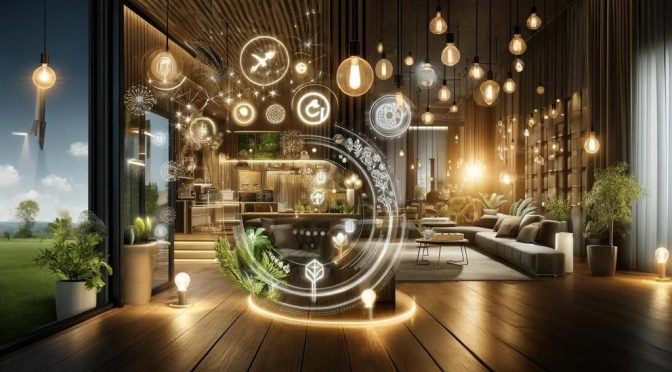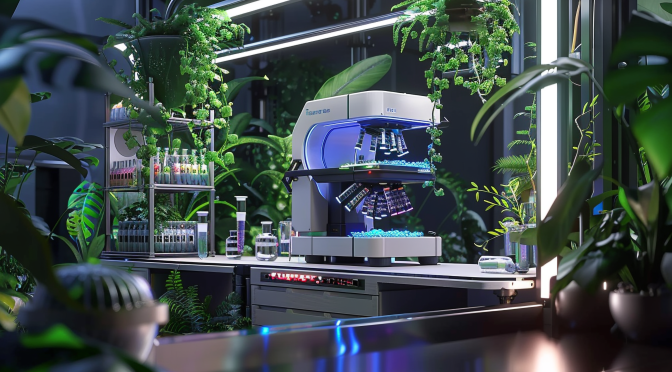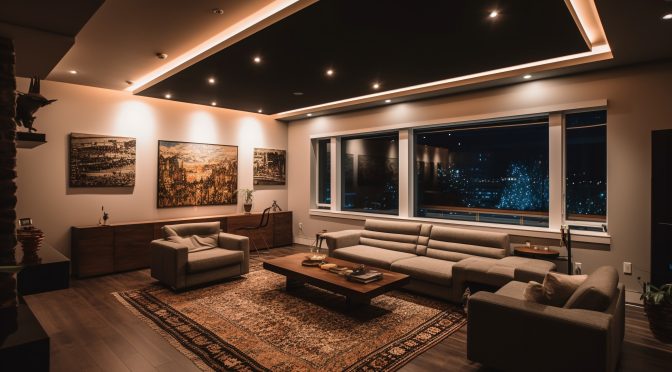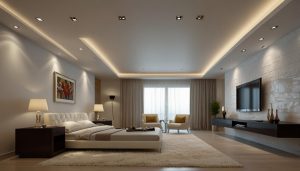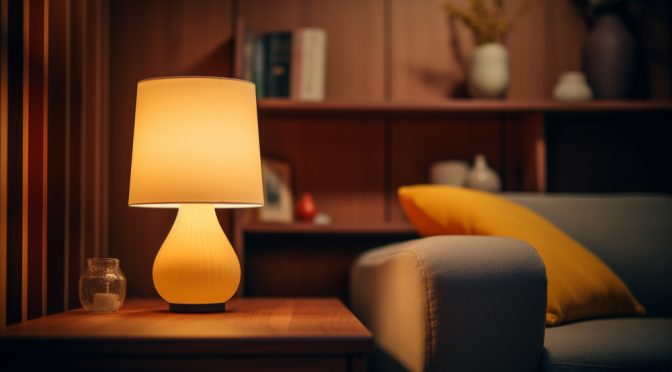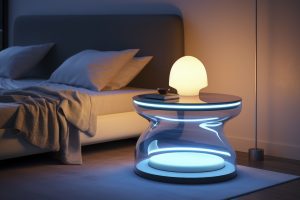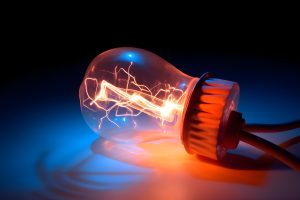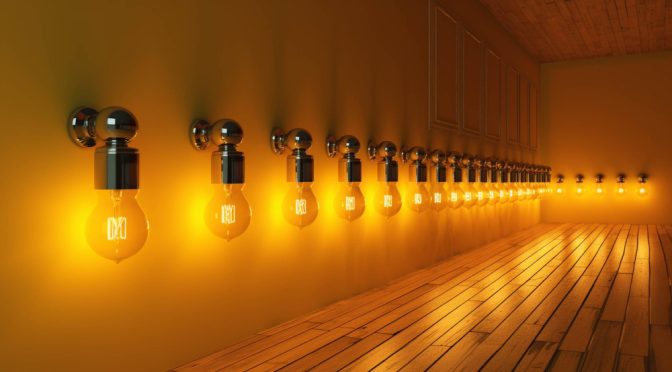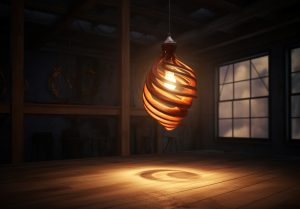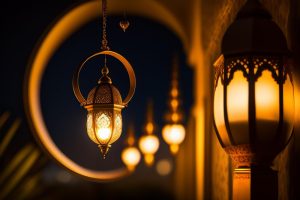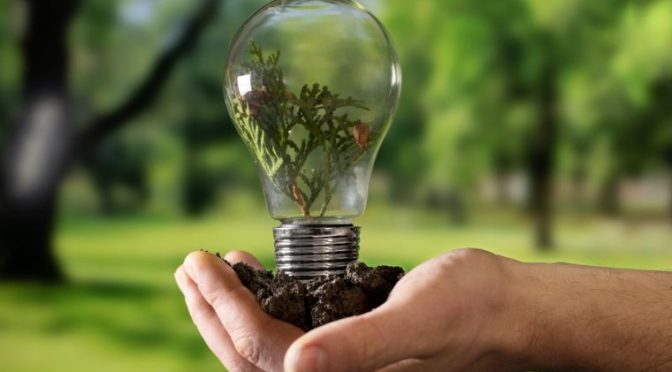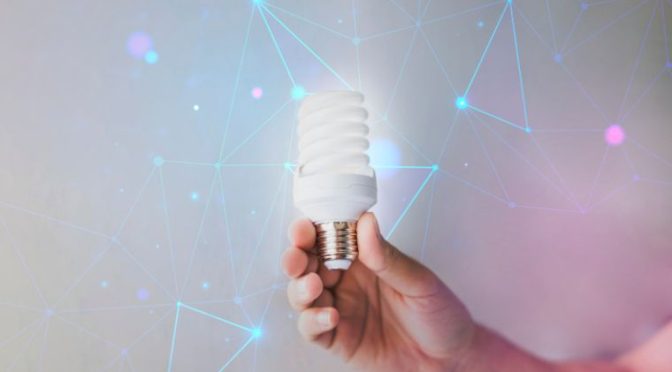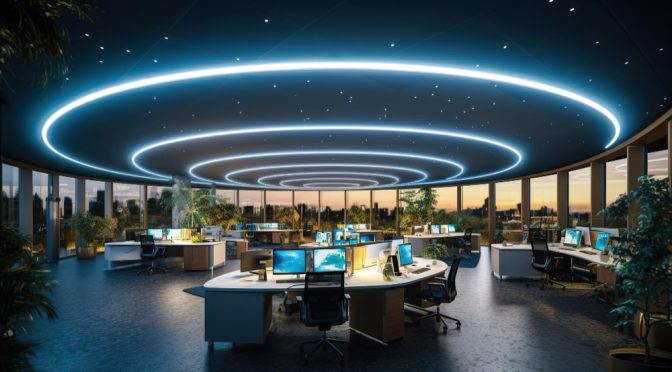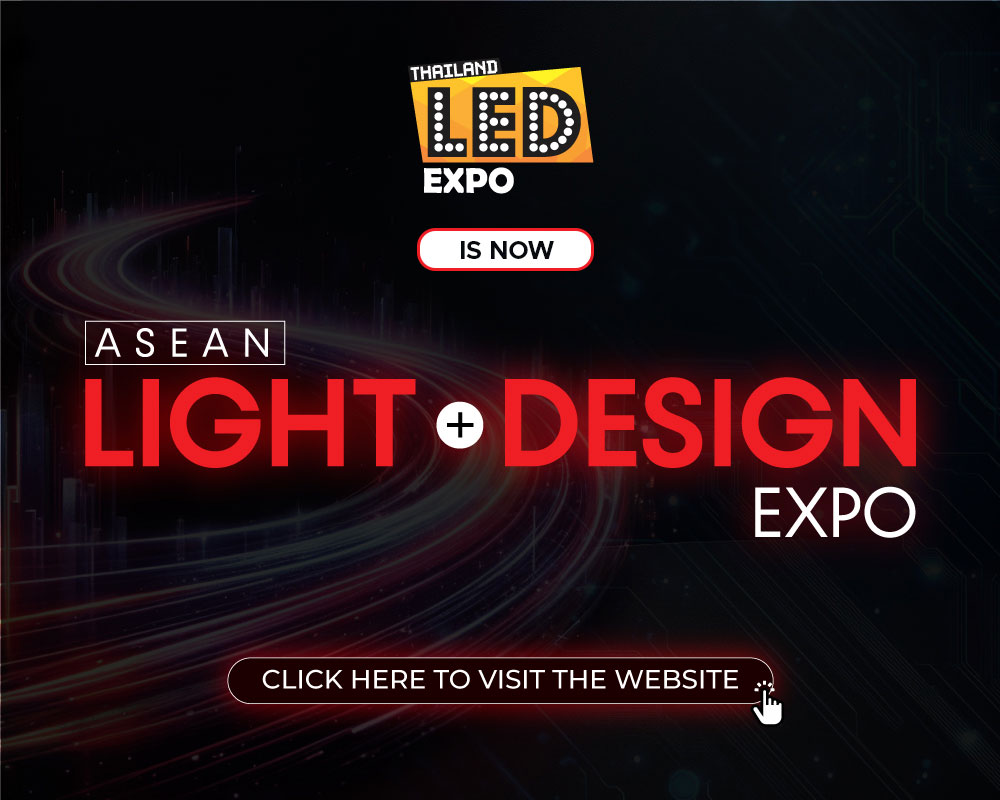As the lighting and design industry continues to evolve, 2025 promises to bring exciting new trends, technologies, and innovations that will shape the way we illuminate and design spaces. With growing advancements in smart lighting, sustainability, and human-centered design, professionals must stay ahead of these trends to remain competitive. Let’s explore what 2025 holds for the lighting and design world and how you can prepare for the future.
1. Smart Lighting Systems: AI and Automation at the Forefront
In 2025, smart lighting systems are set to become even more advanced and integrated into everyday life. The combination of artificial intelligence (AI) and the Internet of Things (IoT) will allow lighting to become more responsive, efficient, and personalized. Imagine lighting systems that not only adjust to your schedule but also learn from your habits to automatically optimize brightness, color temperature, and even the ambiance of a room to suit your mood.
Smart homes and offices will benefit from automated lighting solutions that sync with other devices, offering enhanced comfort and energy efficiency. Expect seamless integration with voice-controlled systems like Alexa, Google Assistant, and more, making it easier than ever to control your environment.
How to Stay Ahead: Invest in AI-powered lighting systems and look into partnerships with tech companies for integration with IoT devices. Staying updated with smart technology will help you meet consumer demand for intuitive, energy-efficient solutions.
2. Human-Centric Lighting (HCL): Enhancing Well-Being
The focus on Human-Centric Lighting (HCL) will continue to gain traction in 2025, especially in workplaces, healthcare facilities, and residential settings. HCL aims to align lighting with natural circadian rhythms, promoting better sleep, productivity, and overall well-being. By adjusting light color and intensity based on the time of day, HCL solutions can support a healthier lifestyle.
Biophilic design, which integrates natural elements into interior spaces, will play a key role in lighting design. Lighting that mimics natural sunlight, adjusts to the user’s circadian rhythm, and minimizes blue light exposure will help improve mental clarity and reduce eye strain.
How to Stay Ahead: Lighting designers should integrate HCL principles in their projects, especially in health and office environments. Stay informed about the latest research in lighting’s impact on well-being to offer clients the most effective solutions.
3. Sustainable Lighting Solutions: Green Innovations
Sustainability remains a top priority for the lighting and design industry. By 2025, the industry will see further innovations in eco-friendly lighting solutions. LED technology will remain the standard, but we can expect to see more solar-powered lighting options, energy-efficient materials, and designs that use recyclable or biodegradable components.
As governments and consumers alike become more eco-conscious, there will be a growing demand for lighting products that contribute to energy savings and waste reduction. Sustainable design will go beyond just using efficient bulbs—it’s about creating systems that support the circular economy, with designs that are modular and easy to recycle or upgrade.
How to Stay Ahead: Focus on sustainable production methods and consider offering lighting solutions made from recyclable materials or that reduce carbon footprints. Staying ahead of regulatory trends will also help ensure compliance with environmental standards.
4. Dynamic Lighting: Personalization and Experience
In 2025, dynamic lighting will be used not only to enhance the aesthetic of a space but also to create immersive, personalized experiences. Retailers, hotels, and entertainment venues will increasingly adopt adaptive lighting systems that can change in real-time to match the mood or activity. For example, lighting might shift from bright and energetic during the day to warmer, softer tones in the evening to promote relaxation.
The ability to synchronize lighting with sound, color, and motion will be a game-changer, transforming spaces for various events, from product launches to intimate gatherings. These dynamic lighting setups are designed to enhance the overall experience, making them a key differentiator in customer-focused industries.
How to Stay Ahead: Designers should explore how to incorporate adaptive lighting into different spaces. Partnering with event planners, retailers, and hospitality brands to create immersive lighting experiences will be a major opportunity in 2025.
5. Minimalist Lighting Design: Aesthetic and Functionality Combined
In line with the broader trend of minimalism, 2025 will see a greater emphasis on sleek and simple lighting designs that blend seamlessly into the architecture of a space. The focus will be on functional designs that offer maximum impact with minimal presence. Invisible lighting, integrated into walls, ceilings, or furniture, will continue to rise in popularity, offering a clean, modern look.
At the same time, lighting will be used to highlight architectural features or artwork, creating subtle focal points without overwhelming the space. The marriage of aesthetics and functionality will drive this trend forward, with an emphasis on making every fixture serve a purpose while contributing to the overall atmosphere.
How to Stay Ahead: Keep up with minimalist design trends by offering versatile, high-quality fixtures that blend with modern architecture. Designers should focus on creating unobtrusive, functional designs that elevate a space without dominating it.
6. Augmented Reality (AR) in Lighting Design
In 2025, Augmented Reality (AR) will become a powerful tool for both designers and consumers in visualizing lighting layouts and product choices. With AR apps, designers can simulate how different lighting solutions will look in a space before installation, allowing for quicker decision-making and more accurate designs.
Customers will be able to use AR to visualize different lighting setups in their homes or offices, enhancing the buying process by making it more interactive and engaging. This technology will not only streamline the design process but also provide a unique customer experience.
How to Stay Ahead: Explore AR technologies for your business, whether through apps or other virtual tools. Offering customers an interactive and immersive experience can help you stand out from the competition.
ASEAN Light + Design Show 2025: A Must-Attend Event
Looking ahead, ASEAN Light + Design Show 2025, taking place from 17-19 September 2025 at the IMPACT Exhibition Centre, Bangkok, Thailand, will be a key event for lighting and design professionals. This show will bring together leading experts, designers, and technology innovators to showcase the latest in lighting design and technology. It offers a unique opportunity to explore the emerging trends, from smart lighting solutions to sustainable products, and to network with industry leaders.
This event is the perfect platform for discovering cutting-edge designs, gaining insights into the future of lighting, and staying ahead of industry trends. Make sure to mark your calendars for this exciting event that will shape the future of lighting and design.
Conclusion: Navigating the Future of Lighting and Design
The lighting and design industry is set to experience significant growth and transformation in 2025. With a focus on smart technology, sustainability, and personalization, the trends outlined here will influence how we light our spaces and live our lives. Staying ahead of these trends requires continuous innovation, a commitment to sustainability, and a willingness to embrace new technologies. The future of lighting is bright, and 2025 promises to be a year of exciting advancements in design and functionality.
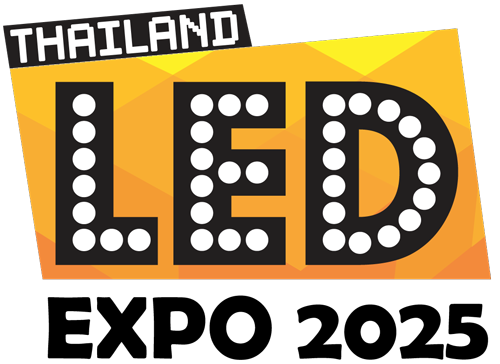
 ไทย
ไทย
 中文
中文
